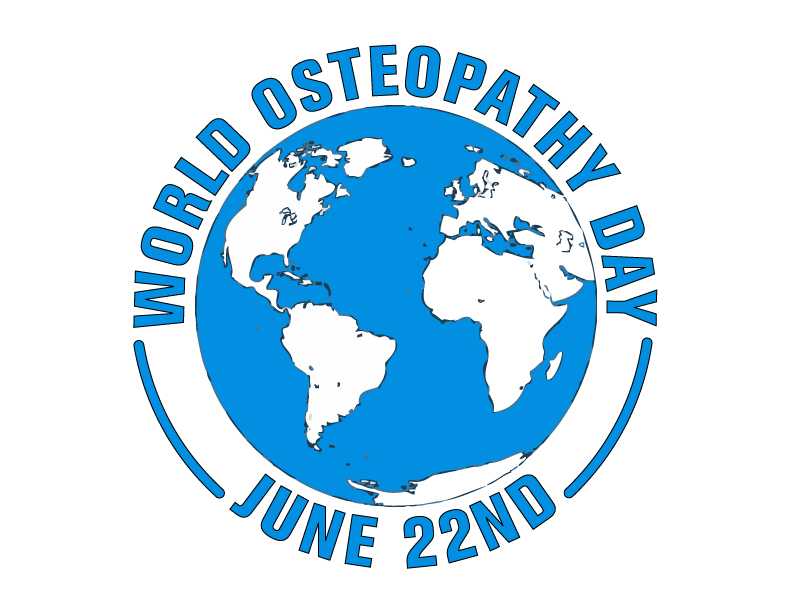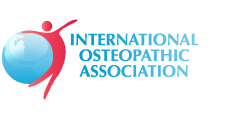Manual osteopathic practitioners care for patients of all ages, with a variety of health conditions. They are especially well known for their expertise in caring for patients with back pain, neck pain and headaches.....particularly with their highly skilled soft tissue therapy and joint mobilization. They also care for patients with a wide range of injuries and disorders of the neuromusculoskeletal and joints systems, involving the muscles, ligaments and joints. These painful conditions often involve or impact the nervous system, which can cause referred pain and dysfunction distant to the region of injury. The benefits of manual osteopathy care extend to general health issues, as well, since our body structure affects our overall function. Manual osteopaths also counsel patients on diet, nutrition, exercise, healthy habits, and occupational and lifestyle modification.
How do I select a manual osteopath?
One of the best ways to select a manual osteopath is by getting a referral from a friend, family member, colleague, or another health care provider.
Does manual osteopathy treatment require a referral from a medical doctor?
A referral is usually not needed to see a manual osteopath; however, your health plan insurer may have specific referral requirements. You may want to contact your employer’s human resources department—or the insurance plan provider directly—to find out if there are any referral requirements. Most plans allow you to just call and schedule an appointment with a manual osteopath.
Is manual osteopathy treatment safe?
Manual osteopathy is widely recognized as one of the safest drug-free, non-invasive therapies available for the treatment of neuromusculoskeletal and joints complaints. Although manual osteopathy has an excellent safety record, no health treatment is completely free of potential adverse effects. The risks associated with manual osteopathy, however, are very small. Many patients feel immediate relief following manual osteopathy treatment, but some may experience mild soreness or aching, just as they do after some forms of exercise or massage. Current literature shows that minor discomfort or soreness following soft tissue therapy typically fades within 24 hours.
It is important for patients to understand the risks associated with some of the most common treatments for musculoskeletal pain -- prescription and over-the-counter nonsteroidal anti-inflammatory drugs (NSAIDS) -- as these treatments may carry risks significantly greater than those of manual osteopathy treatment. According to a study from the American Journal of Gastroenterology, approximately one-third of all hospitalizations and deaths related to gastrointestinal bleeding can be attributed to the use of aspirin or NSAID painkillers like ibuprofen.
Is manual osteopathy treatment appropriate for children?
Yes, children can benefit from manual osteopathy care. Children are very physically active and experience many types of falls and blows from activities of daily living as well as from participating in sports. Injuries such as these may cause many symptoms including back and neck pain, stiffness, soreness or discomfort. Manual osteopathy care is always adapted to the individual patient. It is a highly skilled treatment, and in the case of children, very gentle.
Do insurance plans cover manual osteopathy?
Yes but it depends to practice jurisdiction. Manual osteopathic care is generally included in some health insurance plans, including major extended health plans, workers’ compensation, & auto insurers, among others.
How is a manual osteopathy treatment performed?
Manual osteopathy treatment is a manual procedure that utilizes the highly refined skills developed during the manual osteopath’s intense and comprehensive education. The manual osteopath typically uses his or her hands to provide manual treatment in order to decrease pain and improve function. Manual osteopathy treatment is a highly controlled procedure that rarely causes discomfort. The manual osteopath adapts the procedure to meet the specific needs of each patient. Patients often note positive changes in their symptoms immediately following treatment.
Is manual osteopathy treatment ongoing?
The hands-on nature of the manual osteopathy treatment is essentially what requires patients to visit the manual osteopath a number of times. To be treated, a patient needs to visit a manual osteopath’s clinic. In contrast, a course of treatment from medical doctors often involves a pre-established plan that is conducted at home (i.e. taking a course of antibiotics once a day for a couple of weeks). A manual osteopath may provide acute, chronic, and/or preventive care thus making a certain number of visits sometimes necessary. Your manual osteopaths should tell you the extent of treatment recommended and how long you can expect it to last.
How much a manual osteopathy treatment costs?
This depends on the practice jurisdiction. In Europe, North America, the Caribbean, Australia & the New Zealand; manual osteopaths generally charge $80 to $120 per treatment session. In Asia, Africa, & Latin America; the treatment fee is generally $10 to $80 per session. Manual osteopathy treatment sessions generally last 30 to 60 minutes.
How often manual osteopathy treatment is necessary?
This depends on the condition patient is suffering. For acute pain; patients generally have up to three manual osteopathy treatment sessions per week for two to three weeks. The frequency is generally reduced then to once or twice per week until condition is managed.
For chronic pain or sub-acute pain patients are generally seen once per week until condition is managed.
World Osteopathy Day
International Osteopathic Association has approved using June 22nd as the World Osteopathy Day. IOA is working to make this day recognized officially by the governments of USA, Canada, Australia and selected other countries.
The profession of osteopathy was founded by Dr Andrew Taylor Still in Baldwin, Kansas, USA on June 22, 1874. And this day has been chosen to represent the World Osteopathy Day. 

